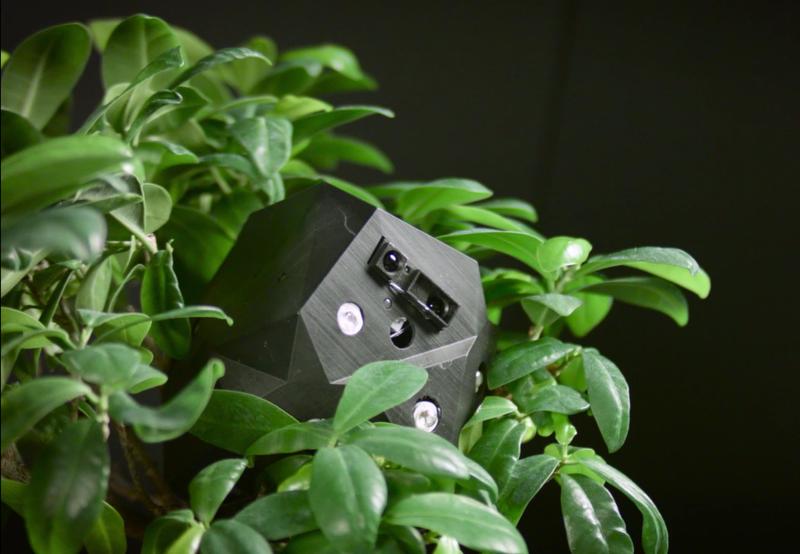Caring for a plant can often be a large challenge, requiring perfect conditions and routine maintenance to ensure healthy growth. Controlling the plant’s growth requires even further attention to form the end plant into a specific shape or structure. As a method of streamlining plant structures, Flora Robotica has designed a plant-robot biohybrid to explore the potential of plant-based architecture.
Consisting of six research groups based in Poland, Denmark, Germany and Austria, Flora Robotica was created to develop a relationship between robotic plants and natural plants to explore the possibilities of vegetation based artifacts and shelters. To do so, they created a robotic plant system to provide support and direction to a natural plant as it grows, making it healthier and more durable.
The artificial plants are constructed from small heterogeneous sensing and actuation modules connected to outer scaffolding. The robot connects wirelessly to the internet, allowing the system to be controlled, tracked and analyzed from a computer.
The incorporation of robotics provides the necessary framework, watering and stimuli to each plant, reacting with their specific tropisms (phototropism, gravitropism, thigmotropism). As the natural plant develops it will in turn guide the robotic plant by growing towards the light source, providing additional support back to the robot.
As a result of companies like Flora Robotica, environmentally-friendly solutions are replacing traditional horticultural practices producing fewer waste materials.
Source: Spectrum 
